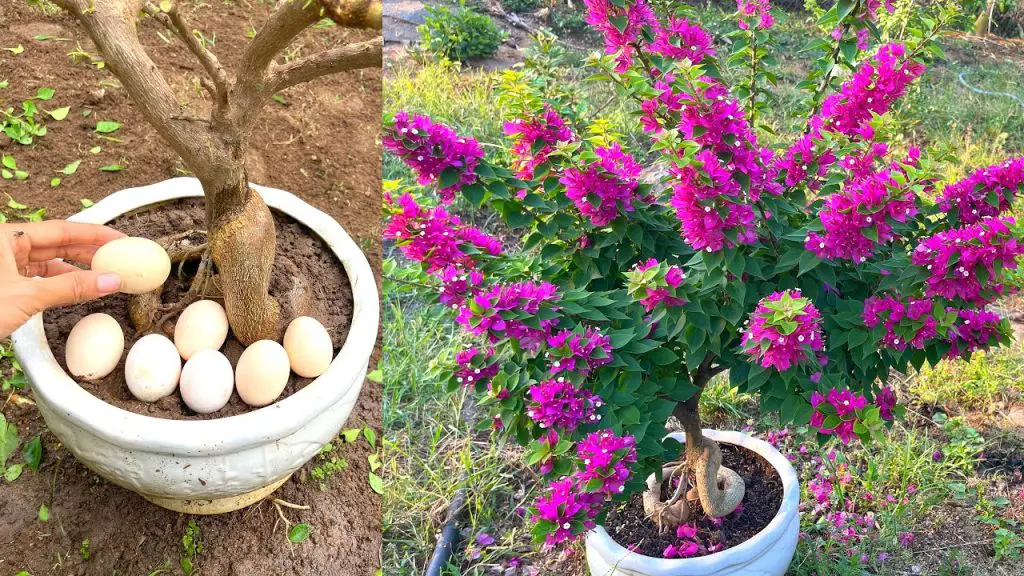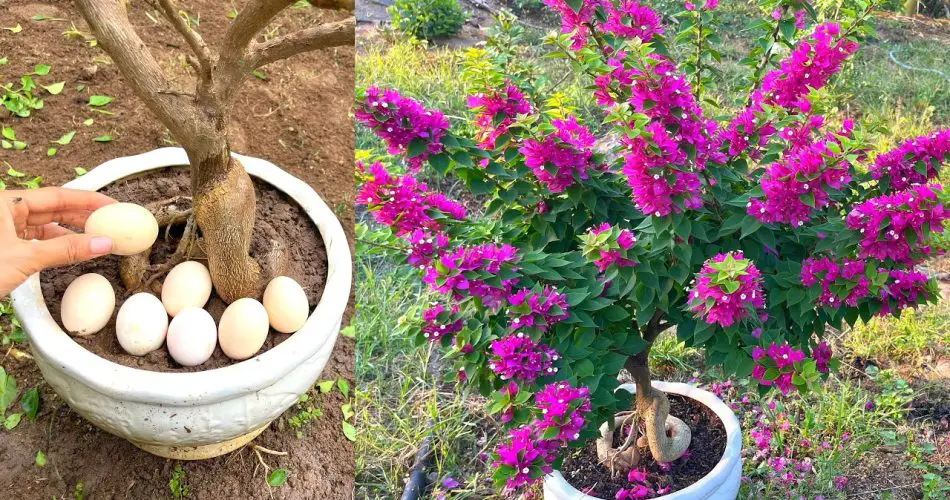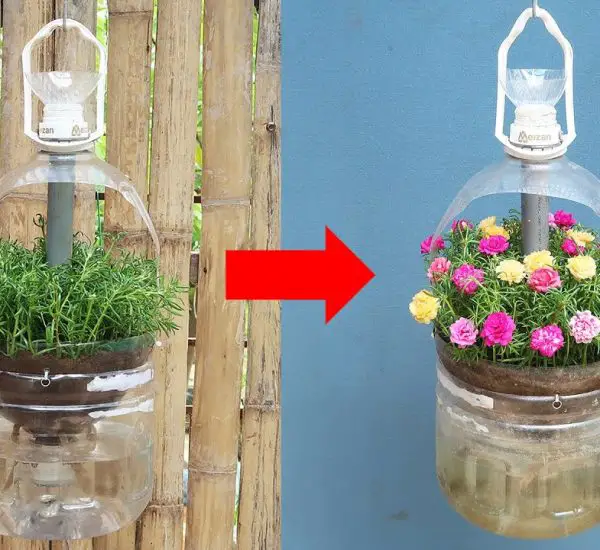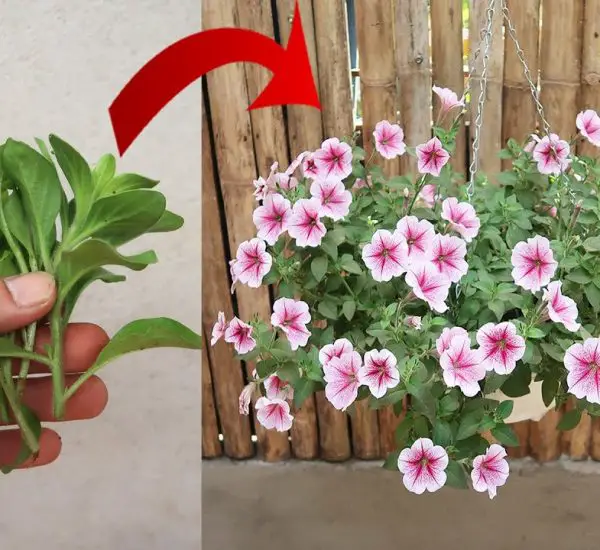Bougainvillea, with its vibrant and eye-catching colors, is one of the most beloved flowering plants in gardens worldwide. Known for its brilliant blooms, this tropical beauty can fill your garden with hues of purple, pink, red, orange, and white. However, getting Bougainvillea to bloom can sometimes be a bit tricky, as it has specific needs for light, water, and temperature to thrive.

If you’ve been struggling with getting your Bougainvillea to bloom or want to enhance its flowering potential, this guide will provide you with essential flowering tips to help your Bougainvillea miraculously bloom and turn your garden into a colorful paradise.
Why Bougainvillea is Known for Its Vibrant Blooms
Bougainvillea is often admired for its paper-like bracts, which are often mistaken for flowers. The actual flowers of the plant are small, white, and tubular, but the bracts, which surround the flowers, come in stunning shades of purple, pink, red, orange, and even yellow. These bracts are what give Bougainvillea its dramatic visual appeal.
For Bougainvillea to thrive and bloom, it requires specific conditions that encourage the production of these beautiful bracts. Let’s explore how you can make this tropical beauty bloom in your own garden.
Essential Bougainvillea Flowering Tips
To encourage Bougainvillea blooming, it’s important to follow a few care guidelines that focus on the plant’s needs for sunlight, watering, pruning, and fertilization. Here are some top tips to ensure your Bougainvillea flowers abundantly:
1. Provide Full Sunlight
Bougainvillea thrives in full sunlight and needs at least 5–6 hours of direct sun every day to bloom properly. Without enough light, it may become leggy, and flowering will be minimal.
- Tip: Choose a planting location that receives full sun for most of the day. If you’re growing Bougainvillea in a pot, place it in a spot that gets plenty of direct sunlight, such as near a south-facing window or outdoors in a sunny area.
2. Control Watering
Bougainvillea is drought-tolerant once established, and overwatering can lead to root rot and poor flowering. It’s important to let the soil dry out between waterings to mimic its natural environment.
- Tip: Water the plant deeply, but only when the soil feels dry to the touch, especially during the growing season. Be mindful not to let water sit around the roots. If the plant is in a pot, ensure it has good drainage to prevent water from accumulating.
3. Prune Regularly
Bougainvillea blooms on new growth, so regular pruning is essential to encourage the plant to produce more flowering wood. Pruning also helps maintain its shape and prevent it from becoming too woody and sparse.
- Tip: Prune your Bougainvillea after it has finished blooming to encourage fresh growth. Cut back the stems by about one-third to keep the plant compact and to stimulate new shoots that will soon bloom. Remove any dead or damaged branches to keep the plant healthy.
4. Fertilize with a Balanced Formula
Bougainvillea needs adequate nutrients to grow and bloom to its fullest potential. Use a balanced fertilizer that is low in nitrogen but higher in phosphorus and potassium, as these nutrients promote flowering and root development.
- Tip: Fertilize your Bougainvillea every 4–6 weeks during the growing season (spring to fall). Avoid over-fertilizing, as too much nitrogen can lead to lush green growth without flowers. Use a slow-release fertilizer or a water-soluble bloom booster.
5. Ensure Proper Drainage
Bougainvillea prefers well-draining soil. Poor drainage can lead to waterlogged roots, which can hinder blooming. Ensure the plant is planted in sandy, loamy, or gravelly soil that drains well, and avoid heavy, clayey soil.
- Tip: If you’re planting Bougainvillea in a pot, ensure it has ample drainage holes. You can add sand or perlite to the potting mix to improve drainage. If planting in the ground, mix in organic matter or compost to help create a light, well-draining medium.
6. Temperature Control
Bougainvillea is a tropical plant, so it prefers warm temperatures to thrive and bloom. It can tolerate heat and even some drought but does not do well in cold weather.
- Tip: Bougainvillea grows best in temperatures between 60°F–95°F (16°C–35°C). If you live in an area with cold winters, you may need to bring the plant indoors or provide winter protection. Bougainvillea is also sensitive to frost, so make sure it’s not exposed to freezing temperatures.
7. Encourage Stress for Blooming
Bougainvillea is known to bloom more profusely when it experiences some stress, such as slightly dry conditions or a bit of root confinement. This encourages the plant to flower as a survival mechanism.
- Tip: Allow the soil to dry out between waterings and avoid overfeeding your Bougainvillea to create a bit of stress. Additionally, growing it in a slightly smaller pot can help keep the roots somewhat confined, promoting more flower production.
8. Support for Climbing Bougainvillea
If you’re growing a climbing Bougainvillea, providing proper support is key to its growth and blooming. Bougainvillea is a natural climber and does best when it has something to attach to, like a trellis, fence, or wall.
- Tip: As the plant grows, gently tie the stems to the support structure using soft garden ties to help it climb. This encourages more branching, which results in more blooms.
Common Problems That Affect Bougainvillea Blooming
If your Bougainvillea isn’t blooming, there could be a few underlying issues. Here are some common problems and how to address them:
- Lack of Sunlight: Bougainvillea requires full sun to bloom. If it’s not getting enough light, it may produce little to no flowers.
- Solution: Ensure it’s in a sunny spot, preferably with 6+ hours of direct sunlight each day.
- Overwatering: Bougainvillea is drought-tolerant and doesn’t like its roots sitting in water.
- Solution: Water deeply but infrequently, allowing the soil to dry out between waterings.
- Too Much Nitrogen: Excessive nitrogen can promote leaf growth instead of flowering.
- Solution: Use a fertilizer that is low in nitrogen and higher in phosphorus and potassium to encourage blooming.
- Cold Temperatures: Bougainvillea is sensitive to frost and cold temperatures.
- Solution: Move the plant indoors during colder months or provide frost protection.
Conclusion: Bougainvillea’s Miraculous Blooming
By following these Bougainvillea flowering tips, you’ll be well on your way to encouraging your plant to bloom vibrantly and abundantly. Remember that Bougainvillea thrives on sunlight, proper watering, and a bit of stress to trigger its flowering. With regular care, the right growing conditions, and a little patience, your Bougainvillea can miraculously bloom, bringing an explosion of color to your garden.
Whether you’re growing Bougainvillea in a garden bed, container, or as a climber, these tips will help you achieve the beautiful, flamboyant blooms that make Bougainvillea one of the most cherished flowering plants around. Happy gardening!



